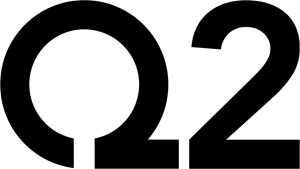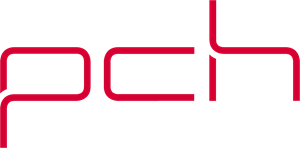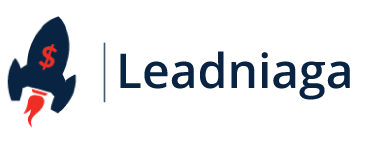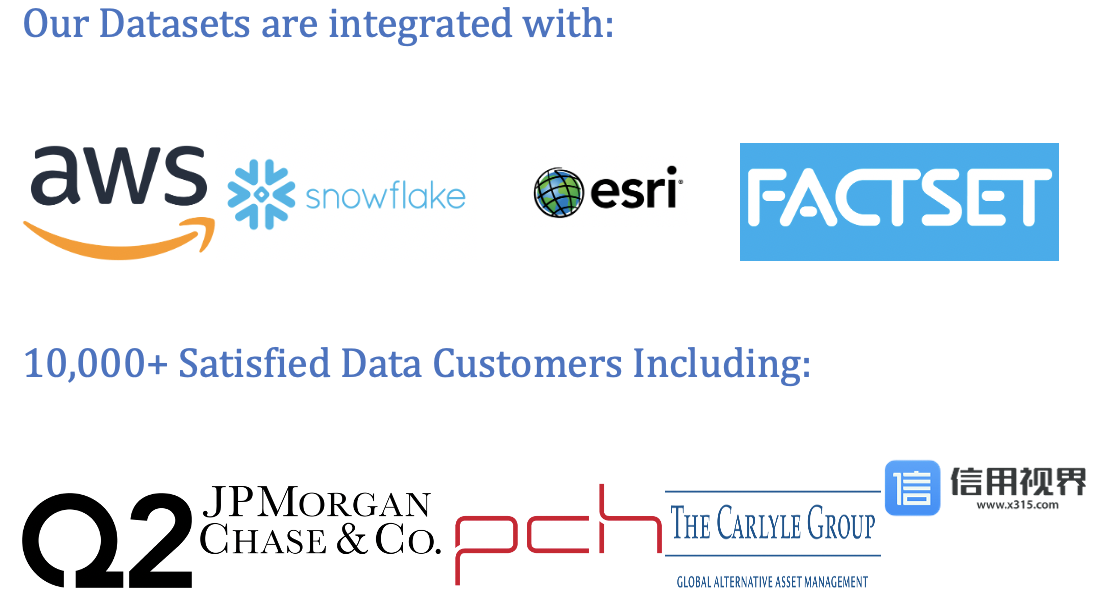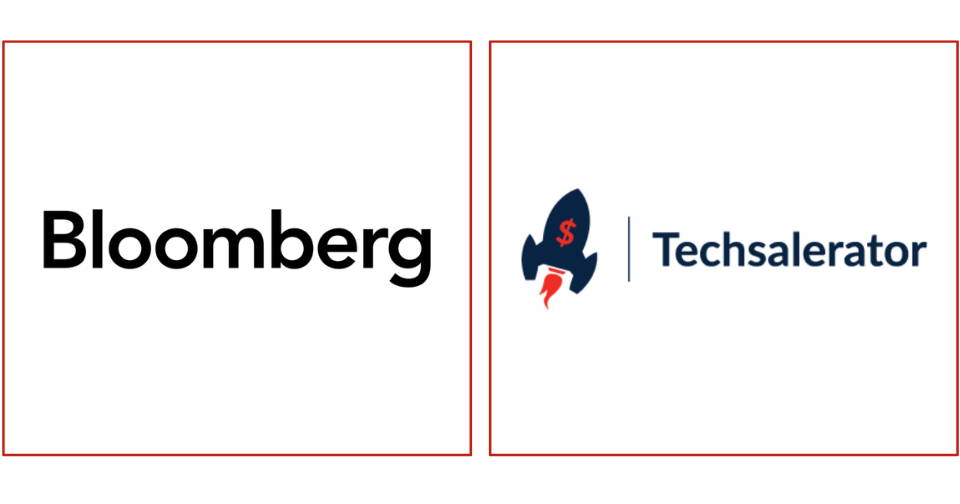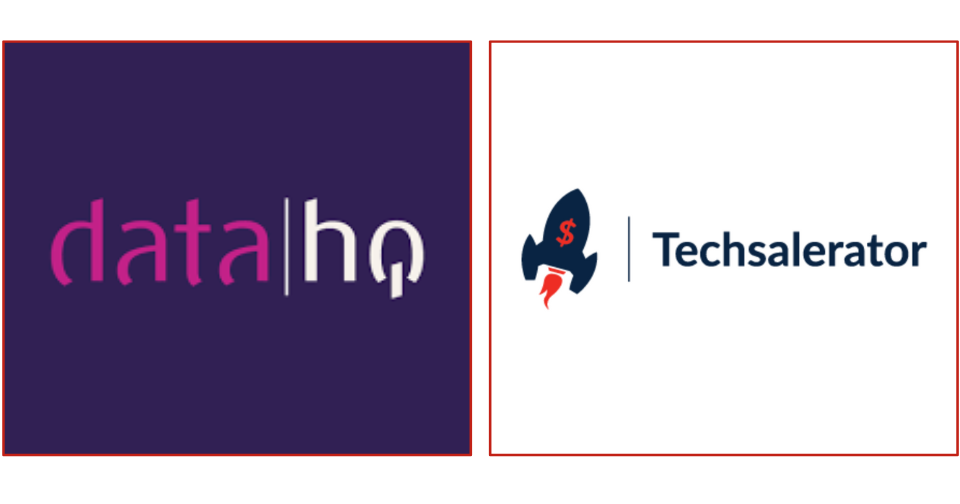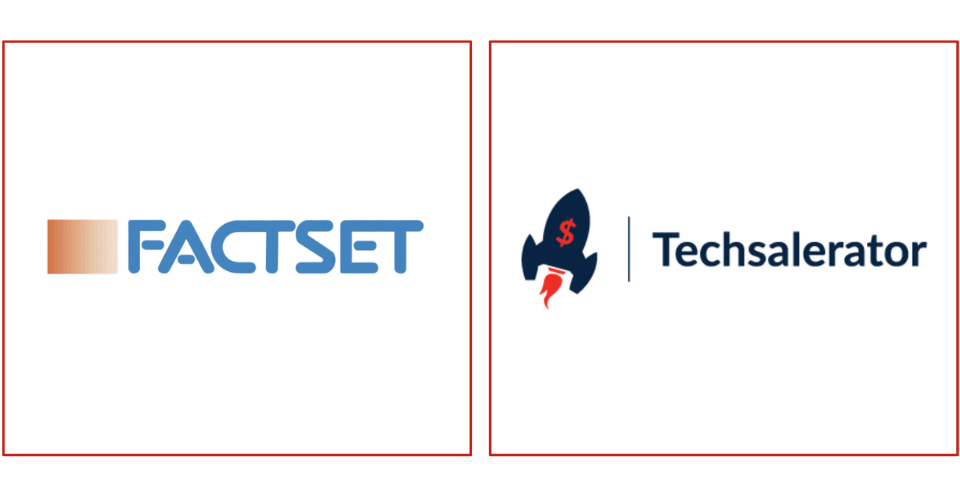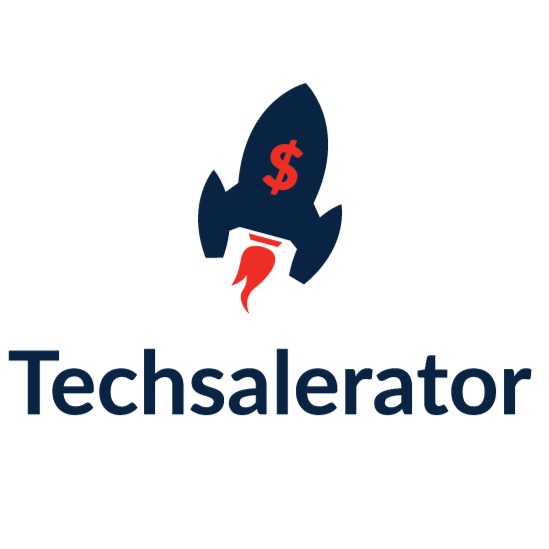
Top Water Consumption Data Providers
Understanding Water Consumption Data
Water Consumption Data encompasses data collected from various sources, such as water meters, utility bills, irrigation systems, and water quality monitoring devices. It includes information on residential, commercial, and industrial water usage, as well as agricultural irrigation practices and environmental water requirements. Analyzing Water Consumption Data enables stakeholders, including water utilities, policymakers, and environmental organizations, to assess water demand, identify inefficiencies, and develop strategies to optimize water usage and conserve freshwater resources.
Components of Water Consumption Data
Key components of Water Consumption Data include:
- Volume of Water Consumed: Quantifies the amount of water used by different sectors, including residential, commercial, industrial, and agricultural users, measured in liters, cubic meters, or gallons.
- Usage Patterns: Describes the temporal and spatial distribution of water usage, including daily, weekly, seasonal, and regional variations in water consumption behavior.
- Efficiency Metrics: Evaluates the efficiency of water use through metrics such as water use per capita, water use per unit of economic output, water use intensity in industrial processes, and irrigation efficiency in agriculture.
- Conservation Practices: Tracks water conservation measures implemented by individuals, businesses, and communities, such as water-saving technologies, drought-tolerant landscaping, and water reuse/recycling initiatives.
Top Water Consumption Data Providers
- Leadniaga : Leadniaga offers advanced water management solutions, providing Water Consumption Data analytics tools and platforms for water utilities, municipalities, and industries. Their platform integrates with water metering systems and data collection devices to monitor and analyze water consumption patterns, identify leaks, and optimize water distribution networks.
- Itron: Itron offers smart water metering solutions and data analytics services for water utilities and municipalities. Their smart metering technology enables remote monitoring of water consumption, leakage detection, and demand forecasting, helping utilities improve operational efficiency and reduce non-revenue water loss.
- Sensus: Sensus provides smart water metering systems and data analytics software for water utilities and industrial customers. Their solutions include advanced metering infrastructure (AMI), leak detection sensors, and cloud-based analytics platforms for real-time monitoring and analysis of water consumption data.
- Aquasuite (by Royal HaskoningDHV): Aquasuite offers water management software and predictive analytics solutions for water utilities, industries, and cities. Their platform integrates real-time data from water distribution networks, weather forecasts, and demand patterns to optimize water treatment, distribution, and resource allocation.
Importance of Water Consumption Data
Water Consumption Data is essential for water resource management and conservation efforts for the following reasons:
- Resource Allocation: Informs decision-making processes related to water allocation, infrastructure investment, and long-term planning to ensure reliable and equitable access to water resources.
- Leak Detection: Enables early detection and mitigation of water leaks, bursts, and losses in distribution networks, reducing water wastage and non-revenue water for water utilities and municipalities.
- Drought Management: Supports drought monitoring, response planning, and water rationing measures by providing insights into water usage patterns, demand forecasts, and drought vulnerability assessments.
Applications of Water Consumption Data
The applications of Water Consumption Data include:
- Water Conservation: Guides water conservation campaigns, educational outreach programs, and incentive initiatives to promote water-saving behaviors and technologies among consumers, businesses, and communities.
- Demand Management: Facilitates demand-side management strategies, such as peak shaving, load shifting, and demand response programs, to optimize water use and reduce strain on water supply infrastructure during periods of high demand.
- Policy Development: Informs policy development and regulatory decisions related to water pricing, allocation rights, water efficiency standards, and environmental protection measures to ensure sustainable water management practices.
Conclusion
In conclusion, Water Consumption Data plays a vital role in managing water resources, promoting water conservation, and ensuring sustainable water management practices in communities, industries, and agriculture. With top providers like Leadniaga and others offering advanced water management solutions, stakeholders can leverage Water Consumption Data to monitor usage patterns, detect inefficiencies, and implement targeted interventions to optimize water usage and conserve freshwater resources effectively. By harnessing the power of Water Consumption Data, organizations and policymakers can address water challenges, mitigate risks, and build resilient water systems for future generations.
Our Datasets are integrated with :



10,000+ Satisfied Data Customers including :
